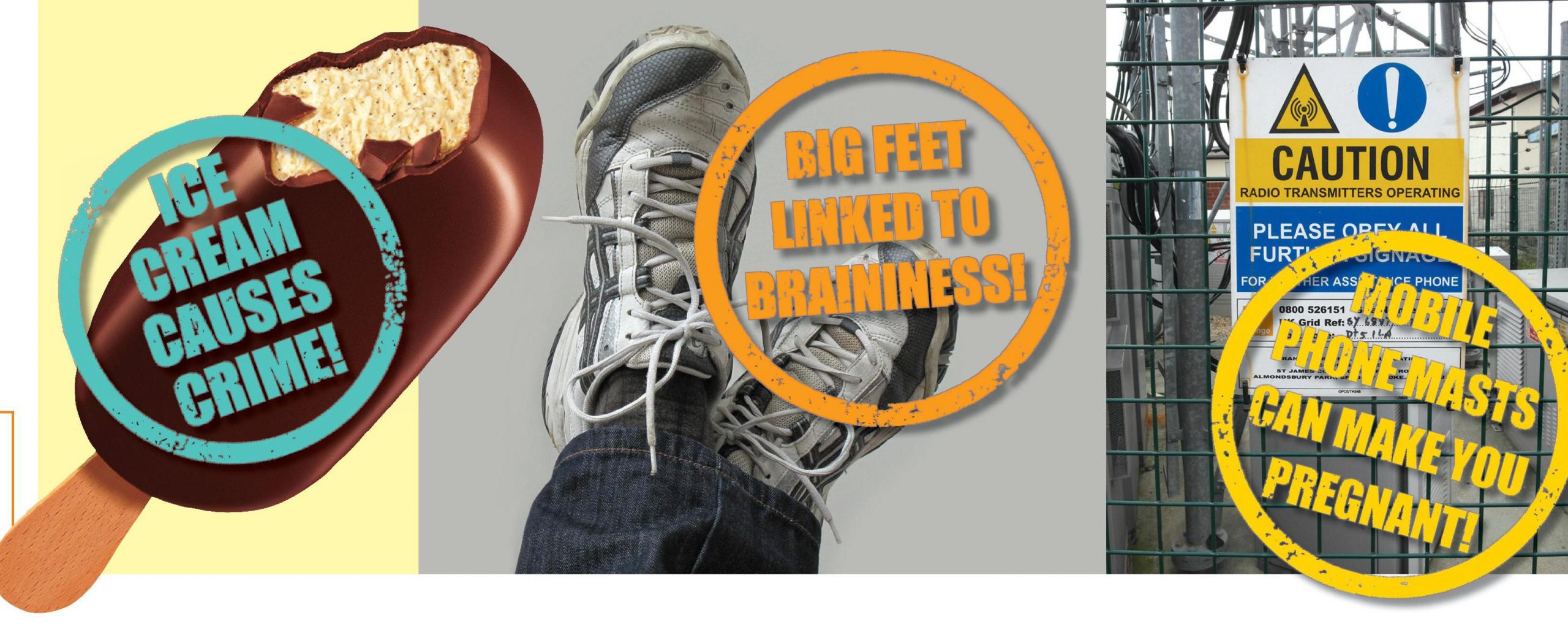
Geographers use statistical methods as tools to help them understand and make sense of their data, including data collected during fieldwork. Like any tool, they need to be used correctly. If they are used in the wrong way, statistics can generate inaccurate, misleading and even incorrect conclusions based on the research data.
This Practical Geography focuses on one of the most commonly used statistical tools in geography: correlation. It also takes a closer look at the idea of causation. What do these two terms mean? When and how should they be used? Read on for some explanation and demystification of these important concepts.
Your organisation does not have access to this article.
Sign up today to give your students the edge they need to achieve their best grades with subject expertise
Subscribe




